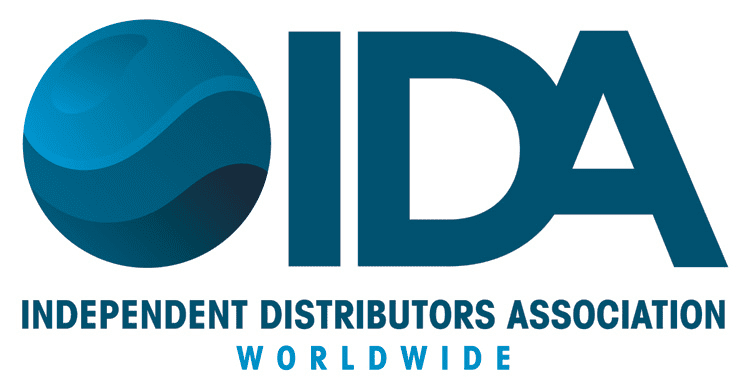Adapting to Supply Chain Disruptions: The Growing Role of Remanufactured and Aftermarket Parts
The heavy equipment aftermarket industry has faced unprecedented supply chain disruptions in recent years. Material shortages, logistical bottlenecks, and geopolitical tensions have put immense pressure on manufacturers, distributors, and end-users. As global markets work to recover from these setbacks, industry players are adopting new strategies to mitigate challenges and maintain operations.
One of the most pressing issues has been the significant delays in raw material procurement and shipping, leading to extended lead times for aftermarket parts. These disruptions have had a ripple effect—delaying production schedules, stalling repair and maintenance projects, and causing costly equipment downtime. For distributors, unpredictable arrival times make it difficult to maintain accurate inventory levels, leading to backorders and missed sales opportunities. Meanwhile, customers relying on timely parts for critical operations are left scrambling for alternatives or dealing with prolonged delays, which can strain business relationships and customer trust. With OEM parts in short supply, businesses are turning to remanufactured and aftermarket components to keep their operations running. Remanufactured parts, which undergo a rigorous refurbishment process to meet original specifications, offer a cost-effective and environmentally sustainable solution. Similarly, aftermarket parts—designed by third-party manufacturers—serve as direct replacements and often meet or exceed OEM standards. These alternatives provide much-needed relief from supply chain constraints while helping businesses avoid long wait times for OEM components. Beyond resolving delays, remanufactured and aftermarket parts offer several advantages. Cost savings are a significant benefit, as these options are often more affordable than OEM components. Shorter lead times help minimize downtime and maintain productivity, while the sustainability factor supports circular economy practices by reducing waste and conserving materials. Additionally, aftermarket suppliers often provide a wider selection of parts, giving businesses greater flexibility in sourcing. While alternative solutions present clear advantages, companies must approach them strategically. Partnering with reputable suppliers ensures that parts meet industry standards and certifications. Compatibility with existing equipment should be verified to prevent performance issues, and businesses should carefully review warranty policies and available technical support before making a switch.
As supply chain disruptions persist, the reliance on remanufactured and aftermarket parts is expected to grow. Companies that remain adaptable and proactive in exploring new sourcing options will be better positioned to maintain productivity and profitability. By embracing these alternatives today, businesses can turn challenges into opportunities—ensuring long-term success in an increasingly unpredictable marketplace.
In a world full of uncertainties, adaptability is more important than ever. By joining IDA, companies gain access to the support and resources necessary to tackle supply chain disruptions with confidence. Don’t miss out on the chance to be part of this vital conversation and ensure your place in the evolving aftermarket industry.


